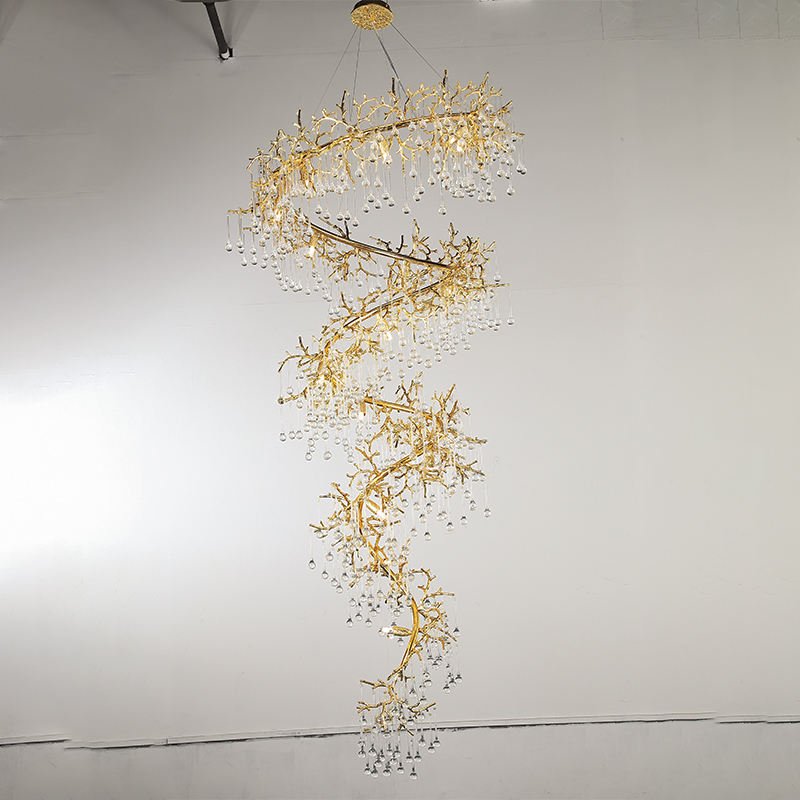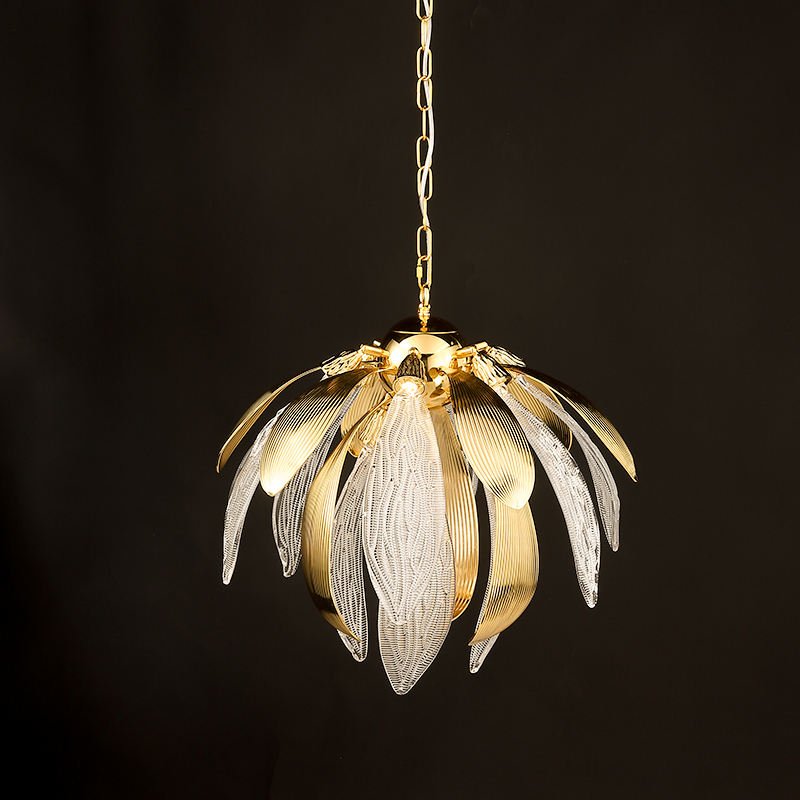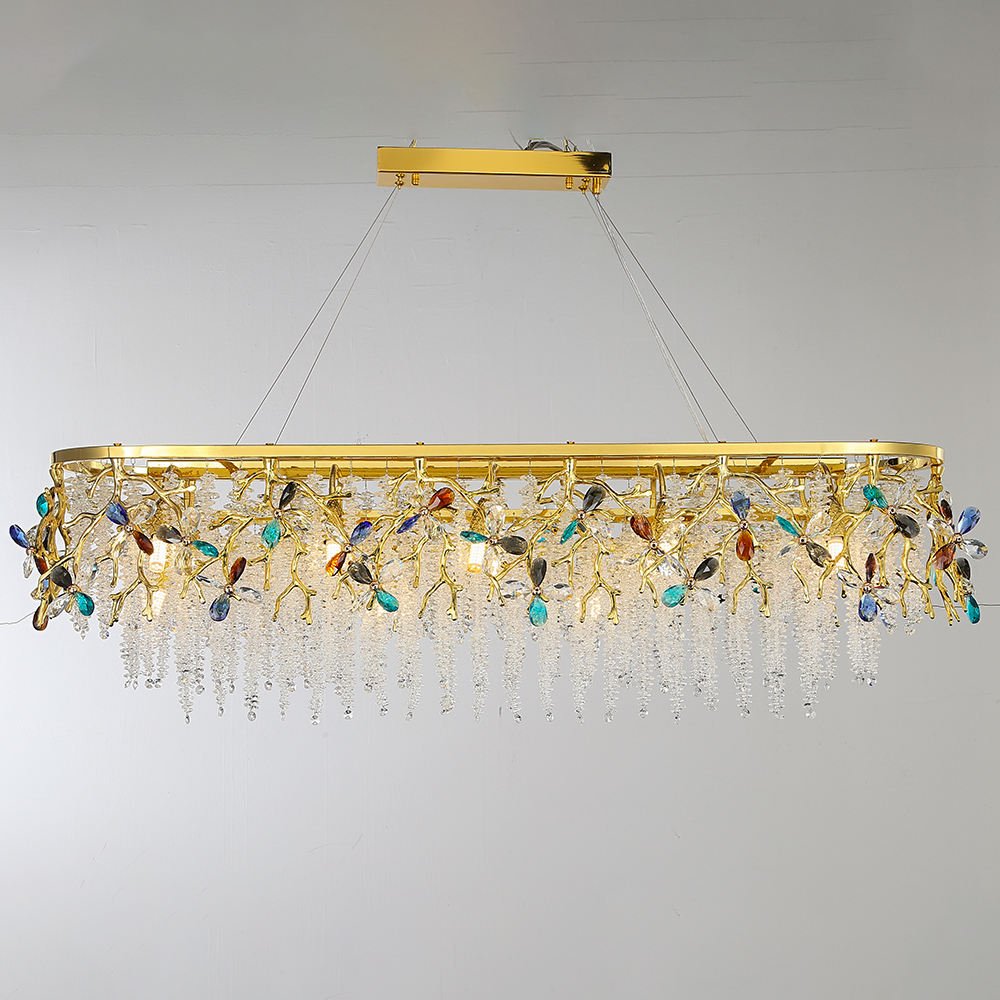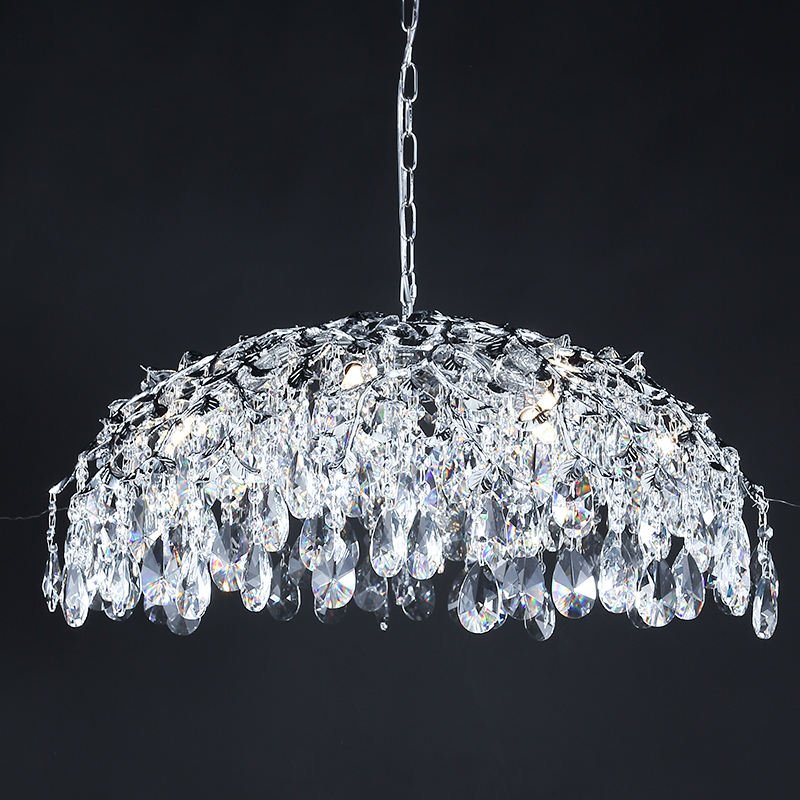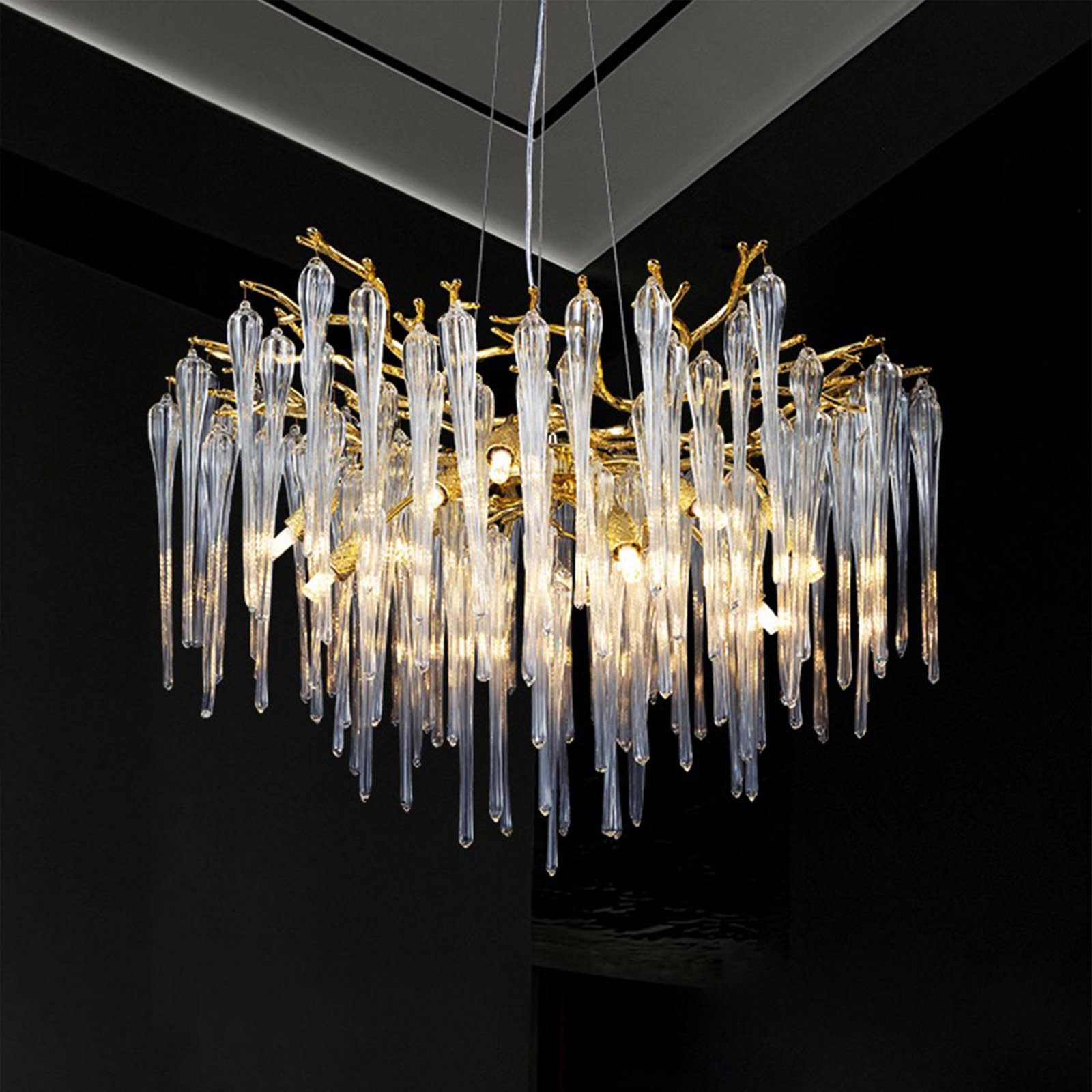Transform Your Space with Custom Outdoor Lighting Solutions
Key Takeaways
| Aspect | Details |
|---|---|
| Energy Efficiency | LED outdoor lighting reduces energy costs by 75% compared to traditional options |
| Design Flexibility | Custom solutions allow for unique artistic expressions and themed installations |
| ROI Timeline | Most outdoor lighting projects pay for themselves within 2-3 years through energy savings |
| Popular Styles | Nature-inspired designs, modern minimalist fixtures, and artistic glass installations lead current trends |
| Installation Zones | Pathways, patios, gardens, and architectural features offer the highest impact |
| Maintenance | Quality custom fixtures require minimal upkeep with proper installation |
Outdoor Lighting Design Fundamentals
Custom outdoor lighting isn’t just about brightness – it’s about creating an atmosphere that reflects your personality while serving practical needs. The outdoor lighting market has grown to $83 billion globally, driven by homeowners who want their exteriors to match their interior style.
I’ve worked with hundreds of clients who initially thought outdoor lighting meant basic flood lights or simple path markers. They were wrong. Today’s custom solutions offer everything from artistic glass lighting for villas to intricate branch-inspired fixtures that blur the line between functional lighting and garden art.
The most successful outdoor lighting projects start with understanding your space’s natural flow. Walk your property at different times – dawn, midday, dusk, and full darkness. Notice where shadows fall, which areas feel welcoming, and where you naturally want to spend time. These observations become the foundation for your lighting strategy.
Weather resistance remains crucial, but modern materials like powder-coated aluminum and marine-grade stainless steel mean durability doesn’t require sacrificing aesthetics. Quality fixtures withstand years of exposure while maintaining their visual appeal.
Planning Your Outdoor Lighting Layout
Effective outdoor lighting requires strategic placement that balances functionality with visual appeal. Start by identifying key zones: entry points, gathering areas, pathways, and focal features like water elements or specimen trees.
Entry lighting should welcome guests while providing security. Position fixtures to eliminate harsh shadows on faces – this means avoiding single overhead sources. Instead, use multiple lower-wattage lights positioned at different heights. A stunning chandelier near your front entrance can serve as both task lighting and a design statement.
Pathway lighting prevents accidents while guiding movement through your landscape. The rule I follow: place fixtures every 6-8 feet along walkways, but vary their heights and styles to avoid the “airport runway” effect. Mix in some nature-inspired elegance with organic shapes that complement your garden’s natural elements.
Gathering areas like patios and decks need ambient lighting that creates intimacy without overwhelming conversation. String lights work well for casual spaces, but custom fixtures offer more control over light direction and intensity. Consider dimmable options that adapt to different activities – bright for outdoor dining, subdued for evening relaxation.
Accent lighting highlights architectural features, sculptures, or beautiful plants. Use narrow beam angles to create dramatic effects, but don’t overdo it. Three to five well-placed accent lights often create more impact than a dozen scattered fixtures.
Energy-Efficient LED Technology
LED technology has revolutionized outdoor lighting, offering both environmental benefits and long-term cost savings. These fixtures consume 75% less energy than traditional incandescent bulbs while lasting 25 times longer.
The outdoor LED lighting market continues expanding as homeowners recognize the financial benefits. A typical LED outdoor fixture costs $0.50-$2.00 per month to operate, compared to $3.00-$12.00 for equivalent incandescent lighting.
Color temperature makes a huge difference in outdoor spaces. Warm white (2700K-3000K) creates cozy, inviting atmospheres perfect for entertainment areas. Cool white (4000K-5000K) works better for security lighting and task areas. Some advanced LED systems offer tunable white technology, allowing you to adjust color temperature throughout the evening.
Smart LED systems connect to your home automation, enabling remote control and scheduling. You can program different lighting scenes for various occasions – bright security mode when away, gentle pathway lighting for late arrivals, and dramatic accent lighting for parties.
Quality LED drivers ensure consistent performance and longevity. Cheap fixtures often fail prematurely due to inferior electronics rather than LED degradation. Invest in fixtures with reputable drivers from companies like Mean Well or Philips Advance.
Heat management affects LED lifespan significantly. Well-designed fixtures include adequate heat sinks and ventilation to keep LEDs cool. This becomes especially important in hot climates where ambient temperatures can stress electronic components.
Custom Fixture Selection and Installation
Choosing the right fixtures involves balancing aesthetics, functionality, and budget. Custom options allow you to match your home’s architectural style while addressing specific lighting needs.
Material selection impacts both appearance and longevity. Brass and copper develop attractive patinas over time but require higher initial investment. Aluminum offers excellent corrosion resistance at moderate cost. Stainless steel provides maximum durability in coastal environments.
Glass elements add visual interest but require careful consideration of thermal expansion and impact resistance. Tempered glass handles temperature changes better than standard glass. Some manufacturers offer polymer alternatives that mimic glass appearance while providing superior impact resistance.
Artistic glass lighting creates stunning focal points but requires professional installation to ensure proper support and weatherproofing. These fixtures often weigh significantly more than standard options, requiring appropriate mounting hardware and structural considerations.
Installation timing affects both cost and complexity. Plan electrical work during other construction projects to minimize trenching and wall penetration. Many custom fixtures require dedicated circuits and specialized dimming controls, adding to installation complexity.
Professional installation ensures safety and code compliance. Outdoor electrical work involves GFCI protection, proper grounding, and weatherproof connections. Mistakes can create fire hazards or electrocution risks. The cost savings from DIY installation rarely justify the potential liability.
Consider voltage drop for long cable runs. LED fixtures are more sensitive to voltage variations than incandescent bulbs. Use appropriate wire gauges and consider 24V systems for extensive layouts to minimize voltage drop issues.
Landscape Integration and Design Harmony
Successful outdoor lighting feels like a natural extension of your landscape rather than an afterthought. The best installations enhance existing features while creating new focal points after dark.
Tree lighting requires understanding plant biology and growth patterns. Avoid wrapping lights tightly around trunks, which can damage bark as trees grow. Instead, use standoff mounting or loose wrapping that allows for expansion. Up-lighting from ground level often creates more dramatic effects than wrapped lights.
Water features become magical with proper illumination. Submersible LED fixtures can highlight fountains or pond features, but they require careful waterproofing and GFCI protection. Consider how light interacts with moving water – gentle illumination often works better than intense spotlighting.
Seasonal changes affect lighting effectiveness. Deciduous trees that provide summer screening may leave fixtures exposed in winter. Plan for year-round appearance, considering how your lighting will look both during lush growing seasons and dormant periods.
Garden bed lighting requires coordination with planting schedules. Install fixtures before final plantings to avoid disturbing established root systems. Use fixtures with adjustable heads to accommodate plant growth and seasonal changes.
Selecting themes for villa lighting helps create cohesive designs that complement your landscape’s overall character. Mediterranean themes might emphasize warm colors and wrought iron fixtures, while modern landscapes benefit from clean lines and geometric shapes.
Natural stone and hardscape elements provide excellent mounting opportunities for custom fixtures. Built-in lighting during construction costs less than retrofitting and creates cleaner installations. Consider how fixtures will integrate with materials like flagstone, brick, or concrete.
Smart Controls and Automation Systems
Modern outdoor lighting systems offer sophisticated control options that maximize convenience while optimizing energy usage. Smart controls allow you to create different lighting scenes for various activities and times.
Astronomical timers automatically adjust for seasonal daylight changes, ensuring lights activate at optimal times year-round. These systems eliminate manual schedule adjustments and ensure consistent operation regardless of travel or schedule changes.
Motion sensors provide security benefits while conserving energy. Modern PIR sensors offer adjustable sensitivity and timer settings. Place them strategically to detect approach routes while avoiding false triggers from small animals or wind-blown vegetation.
Smartphone apps enable remote monitoring and control from anywhere. Check if lights are on before leaving for vacation, adjust brightness for unexpected guests, or activate security lighting when away. Some systems send alerts if fixtures fail or consume unexpected power.
Integration with existing home automation systems creates seamless operation. Coordinate outdoor lighting with indoor scenes, security systems, and HVAC controls. Arriving home can trigger a sequence that illuminates pathways, activates porch lights, and adjusts interior lighting.
Dimming capabilities extend fixture life while providing ambiance control. LED fixtures require compatible dimmers designed for their specific electrical characteristics. MLV (magnetic low voltage) dimmers work with many LED drivers, but verify compatibility before purchasing.
Zoning allows independent control of different lighting areas. Separate circuits for pathway, accent, and security lighting enable customized operation. You might want pathway lights on all night but accent lighting only during evening hours.
Maintenance and Seasonal Considerations
Proper maintenance keeps custom outdoor lighting systems operating efficiently while preserving their aesthetic appeal. Regular attention prevents minor issues from becoming expensive repairs.
Seasonal cleaning removes accumulated dirt, pollen, and debris that reduces light output. Use mild soap solutions and soft brushes to avoid scratching fixture finishes. Avoid pressure washers, which can force water into electrical connections.
Lens cleaning dramatically improves light output. Outdoor fixtures accumulate dirt and oxidation that can reduce brightness by 30% or more. Clean lenses monthly during heavy pollen seasons, quarterly otherwise.
Gasket inspection prevents water intrusion that damages electronics. Replace cracked or hardened gaskets before they fail. UV exposure degrades rubber gaskets over time, especially on south-facing fixtures.
Vegetation management maintains proper light distribution while preventing damage. Trim branches that block fixtures or create unwanted shadows. Some plants grow faster than expected, requiring more frequent attention than initially planned.
Winter preparation in cold climates includes checking for ice damage and ensuring proper drainage. Accumulated ice can stress mounting hardware or crack glass elements. Clear snow and ice promptly to prevent damage.
Safety tips for DIY lighting include annual electrical connection inspections. Look for corrosion, loose connections, or damaged insulation. Address issues immediately to prevent safety hazards.
Cost Analysis and Return on Investment
Understanding outdoor lighting costs helps you make informed decisions about fixtures, installation, and long-term operation. Quality installations provide returns through energy savings, increased property value, and enhanced security.
Initial costs vary significantly based on fixture quality, installation complexity, and system size. Basic pathway lighting might cost $50-$150 per fixture installed, while custom artistic glass installations can range from $500-$5,000 per fixture.
Operating costs depend on fixture efficiency and usage patterns. LED systems typically cost $50-$200 annually to operate for average residential installations. Traditional lighting systems cost 3-4 times more to operate.
Property value increases from quality outdoor lighting often exceed installation costs. Real estate professionals report that well-designed outdoor lighting can add 5-10% to home values in upscale markets. The exact return depends on local market conditions and installation quality.
Energy rebates and incentives offset initial costs in many areas. Utility companies often provide rebates for LED conversions, while some municipalities offer tax incentives for energy-efficient installations. Check local programs before purchasing fixtures.
Maintenance costs remain minimal for quality LED systems. Expect to replace an occasional driver or clean fixtures annually. Total maintenance costs typically run $25-$100 per year for residential installations.
Insurance considerations include potential premium reductions for security lighting and coverage for high-value custom fixtures. Some insurers offer discounts for comprehensive outdoor lighting systems that deter theft and vandalism.
Frequently Asked Questions
- How long do LED outdoor fixtures typically last?
Quality LED fixtures last 15-20 years with normal use. The LED chips themselves often outlast other components like drivers and switches, which may need replacement after 7-10 years depending on environmental conditions. - Can I install outdoor lighting fixtures myself?
Simple fixture replacements on existing circuits may be DIY-friendly for experienced homeowners. However, new circuit installation, trenching, and complex custom fixtures require professional installation to ensure safety and code compliance. - What’s the difference between line voltage and low voltage outdoor lighting?
Line voltage systems (120V) offer more power for large fixtures but require more complex wiring and safety precautions. Low voltage systems (12V or 24V) are safer and easier to install but may have limitations for high-power applications. - How do I prevent outdoor fixtures from attracting insects?
Choose fixtures with warmer color temperatures (2700K-3000K) and enclosed designs that minimize exposed light sources. Some LED fixtures offer amber or yellow options that attract fewer insects than white light. - What weather conditions affect outdoor lighting performance?
Extreme temperatures can affect LED efficiency and driver performance. Quality fixtures include thermal management to handle temperature variations. High humidity and salt air require fixtures with appropriate IP ratings and corrosion-resistant materials. - How much should I budget for a complete outdoor lighting system?
Residential systems typically cost $2,000-$15,000 depending on property size and complexity. Budget approximately $100-$300 per fixture including installation for standard applications, with custom pieces costing significantly more. - Do smart outdoor lighting systems work during power outages?
Most smart systems require power to operate, but some include battery backup for limited functionality. Consider solar-charged backup systems for essential security lighting during outages. - {/* Adjusted margin-bottom for the last item */} How often should outdoor lighting be professionally serviced?
Annual inspections are recommended for complex systems, with basic maintenance possible between professional visits. Systems in harsh environments may benefit from more frequent professional attention.



